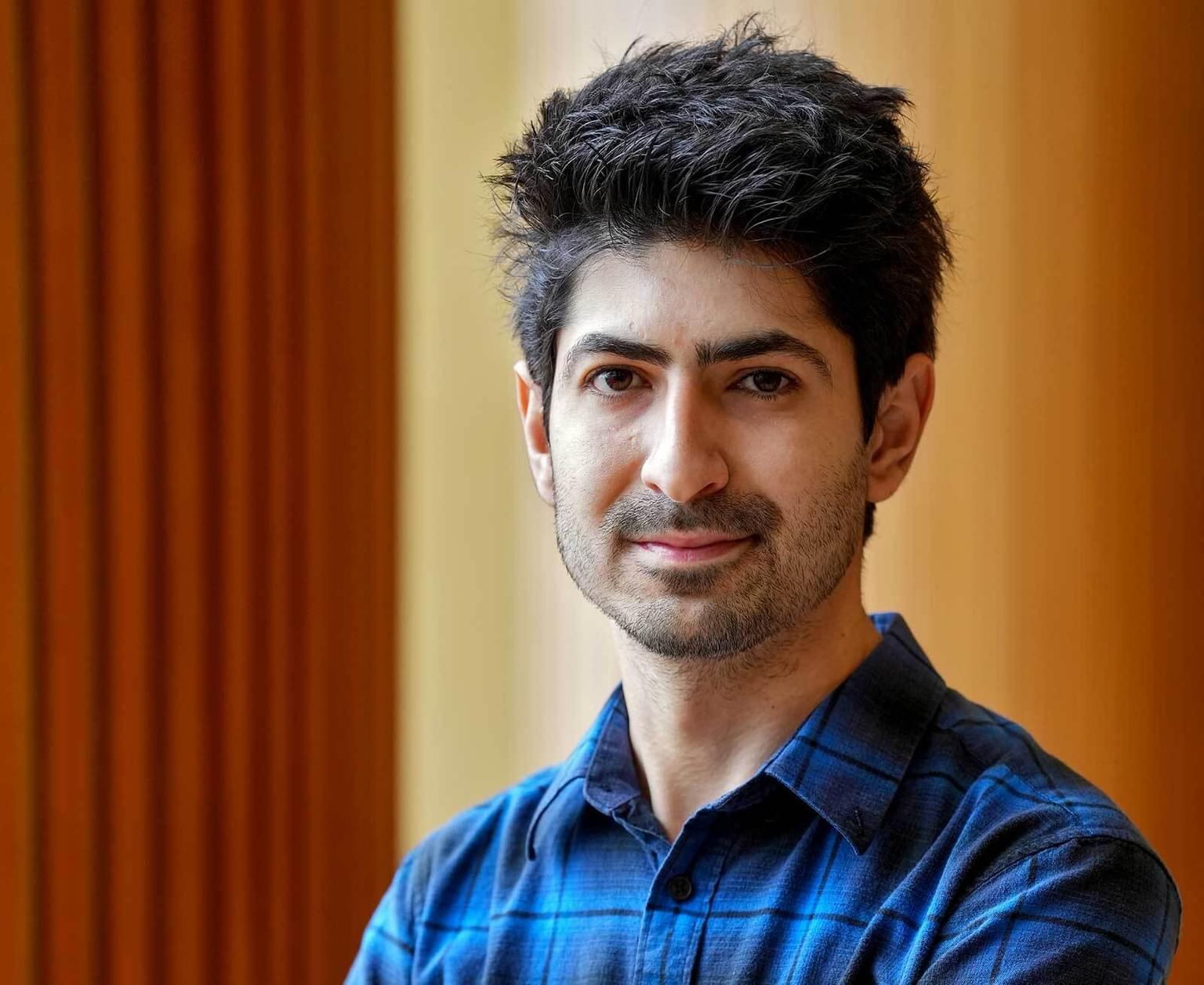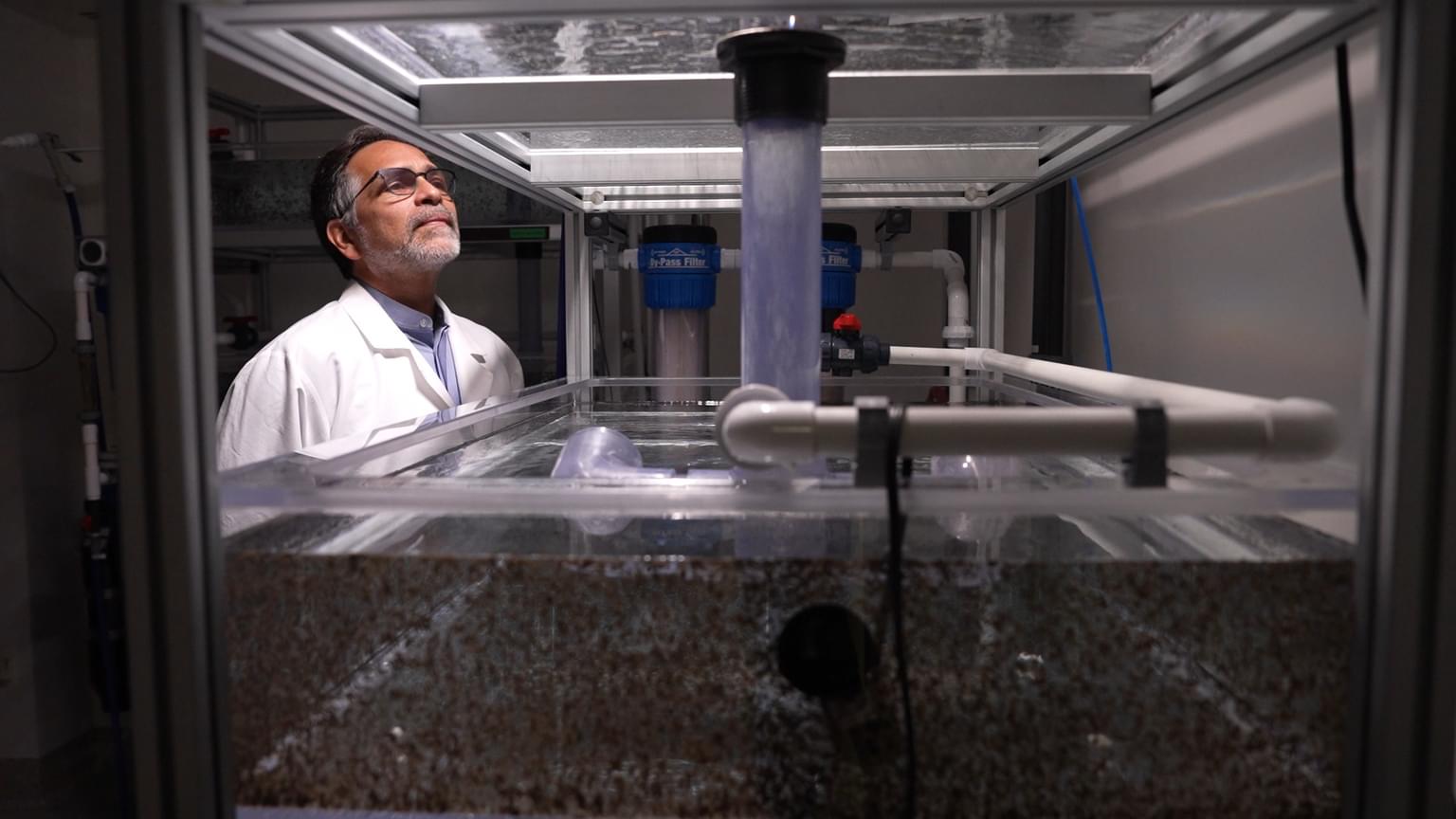News

03 April 2025
Does a cell’s “type” define its function?
A recent article co-authored by Stowers Investigator reviews current neurobiology research to highlight and foster scientific discussion.
Read Article
News
Stowers Investigator will update cancer researchers on the consequences of DNA enhancer failure at the upcoming AACR meeting
KANSAS CITY, MO—Stowers Institute Investigator, Ali Shilatifard, Ph.D., will take center stage at a Meet-the-Expert Session at the 2014 Annual Meeting of the American Association for Cancer Research (AACR) being held April 5th-9th in San Diego. The AACR meeting is the most important international forum for sharing breakthroughs in cancer research. This year’s event could attract over 17,000 participants from 60 different countries.
Attendees of Meet-the-Expert sessions are briefed on a cutting-edge topic by an authority in the field and then the issue is discussed. Shilatifard’s talk entitled, “Enhancer Malfunction in Cancer”, will address how disturbances in the regions of the genome that flank (rather than contain) protein-coding genes might promote disease.
A Perspective published with his postdocs, Hans-Martin Herz, Ph.D. and Deqing Hu, Ph.D., in the March 20th issue of Molecular Cell, will serve as the basis for Shilatifard’s AACR talk. In it, they summarize how aberrant enhancer activity—due either to mutations in enhancer DNA or in genes that encode proteins that interact with enhancers—may promote oncogenesis.
Enhancers are DNA elements that regulate tissue-specific expression patterns of a given gene. Relevant to cancer, malfunctions of enhancers of tumor suppressors or oncogenes could present a dual disaster. First, outright failure of an enhancer flanking a protective gene called a tumor suppressor would leave cells vulnerable to transformation. Alternatively, inappropriate or unregulated enhancer activation could boost expression of an oncogene.
Attention to “non-coding” or intergenic DNA (previously called “junk DNA”) is a shift for molecular biologists and cancer docs alike. “For decades as a scientific community, we have looked at protein-coding genes to define mutations that cause cancer,” says Shilatifard, noting that genes themselves constitute only 2% of the genome. “Until recently, we had no earthly idea of what the other 98% was doing. Now we have technology to do whole genome sequencing, so we can see how mutations in non-coding regions affect cancer cell growth.”
Shilatifard’s Perspective centers on the MLL family that his lab has been studying for fifteen years now. To appreciate the MLL activity requires a brief primer. Imagine an injury cues a muscle cell to make more muscle fiber protein encoded by Gene A. As Step 1, muscle-specific proteins sensing the cue recognize and bind to an enhancer upstream of Gene A, which in turn attracts a gaggle of generic proteins called chromatin remodelers. In Step 2, the remodelers push aside ubiquitous DNA-packaging proteins called histones to allow invasion by a bigger activator crowd. Meanwhile, the DNA strand becomes so structurally relaxed that the stretch between the enhancer and the gateway to Gene A (called the promoter) loops out like a lasso, dragging the enhancer, now loaded with activators and chromatin remodelers, right up next to the Gene A promoter (Step 3). Subsequently, the activator machinery (now equipped with the enzyme that manufactures transcripts of Gene A) rolls out onto Gene A, and the “expression” of RNA encoding the muscle fiber gets going.
In this scenario, MLL proteins serve as chromatin modifiers, an activity characterized by Shilatifard over a decade ago in their yeast counterpart studies. Shilatifard’s lab found that the yeast MLL homolog is a methyltransferase enzyme that planted methyl groups on a histone called H3. Shilatifard’s lab since has shown that mammalian cells harbor six MLL-like proteins. And in a 2013 study led by Hu, they reported that human MLL3/4 are “monomethylases functioning on enhancers,” meaning they decorated H3 with only one methyl group.
“Histone monomethylation is a normal MLL3/4 activity at enhancers, but recent studies show that enhancers can be hijacked to drive oncogenic gene expression that promotes cell proliferation and metastasis,” says Hu. “Interestingly, MLL3/4 are frequently mutated in those cancers.” According to the Molecular Cell Perspective, that list includes breast, colon, liver, and gastric cancers, among others.
To Shilatifard, the major question is how mutations in ubiquitous chromatin modifiers like MLL3/4 can underlie a specific cancer or disease. “We think this occurs at the enhancer level,” he says. “In fact, one could define these conditions as ‘enhanceropathies,’ or diseases of enhancer/promoter communication.”
The same issue of Molecular Cell that features Shilatifard’s Perspective reports a collaborative study between the Shilatifard lab and that of Brian Dynlacht, Ph.D., of the NYU School of Medicine. In it, they reveal a remarkable outcome when MLL3/4 monomethylates H3 at promoters as well, and function by possibly creating a barrier to the oncoming activator machinery.
In the Molecular Cell Perspective, Shilatifard suggests that therapies aimed at enhancers could become increasingly prominent as a cancer treatment. Unlike some of the anti-cancer drugs being developed to directly target the product of an oncogene, drugs designed to modify DNA structure flip genomic switches in a way that could turn protective genes on and oncogenes off. The potential of such “epigenetic” therapies will surely be a hot topic at this year’s AACR meeting.
Shilatifard looks forward to sharing his laboratory’s findings with the participants of the AACR meeting. “This is the most exciting time of my 20-year career working on chromatin and transcription,” he says. “We know a lot about the molecular biology of the MLL3/4 family, and as a result, we’re in a unique position to disrupt malfunctioning enhancers with the goal of blocking cancer.”
About the Stowers Institute for Medical Research
The Stowers Institute for Medical Research is a non-profit, basic biomedical research organization dedicated to improving human health by studying the fundamental processes of life. Jim Stowers, founder of American Century Investments, and his wife, Virginia, opened the Institute in 2000. Since then, the Institute has spent over 900 million dollars in pursuit of its mission.
Currently, the Institute is home to nearly 550 researchers and support personnel; over 20 independent research programs; and more than a dozen technology-development and core facilities.
News

03 April 2025
A recent article co-authored by Stowers Investigator reviews current neurobiology research to highlight and foster scientific discussion.
Read Article
News

01 April 2025
Brown, who held key leadership roles for both organizations, passed away March 27, 2025.
Read Article
Press Release

27 March 2025
Alejandro Sánchez Alvarado, Ph.D., receives recognition as a leader and expert in regenerative biology and its potential to transform human health.
Read Article
